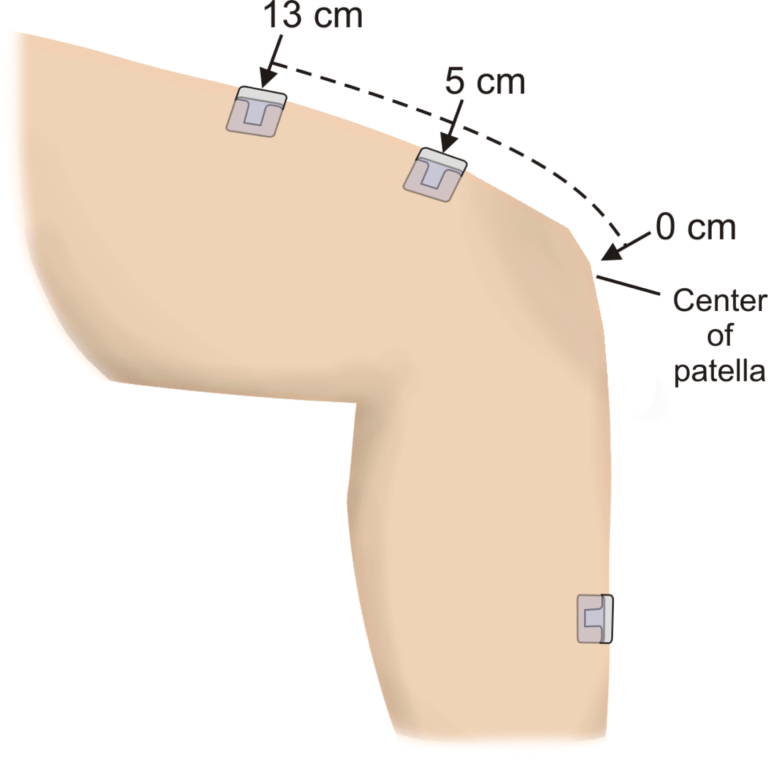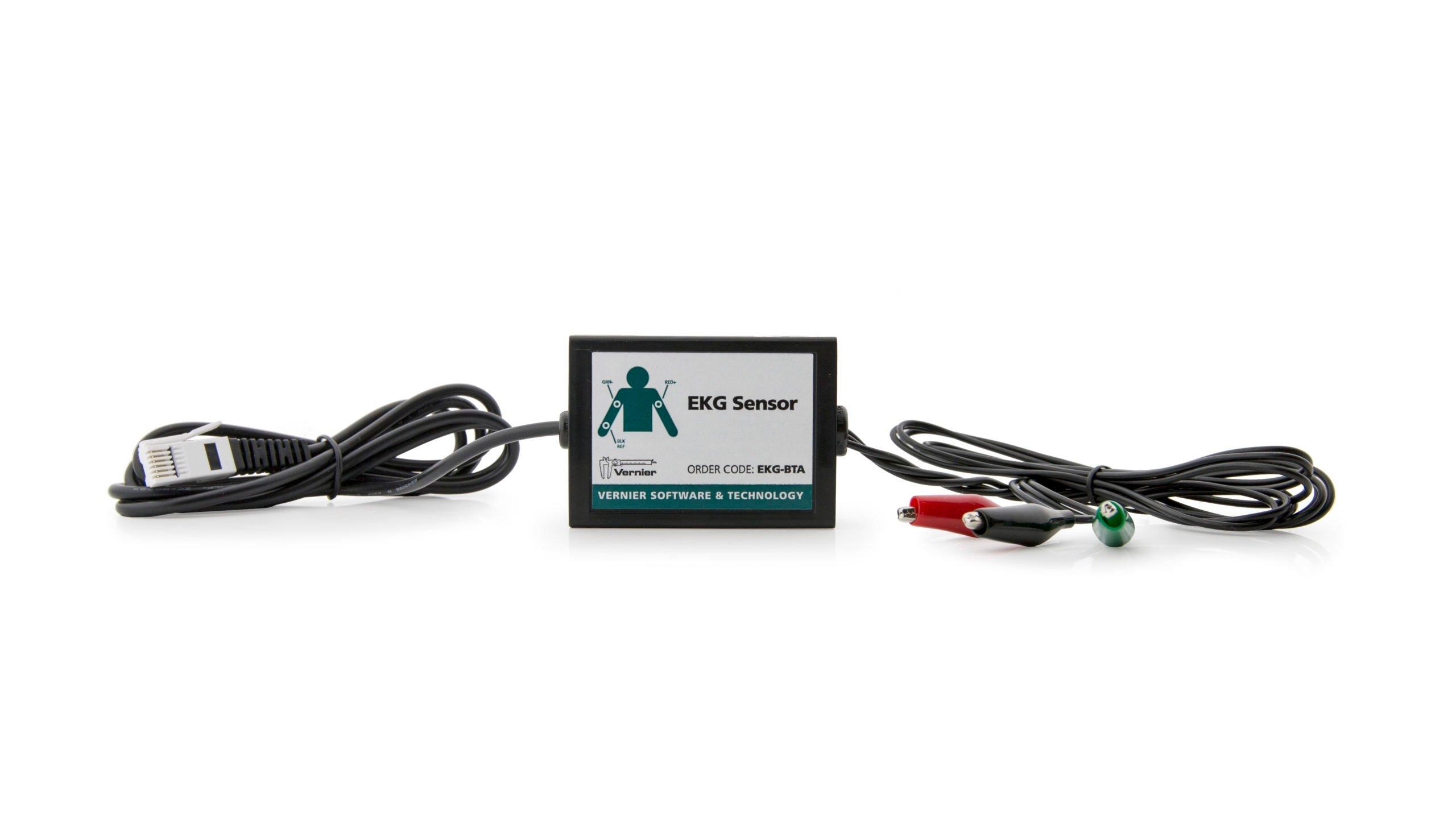
Introduction
The automatic response of a muscle to a stimulus is called a reflex. The patellar reflex results from tapping the patellar tendon below the knee with a reflex hammer. This causes contraction of the quadriceps muscle and extension of the leg. Stretching of the muscle activates nerve impulses which travel to the spinal cord. Here the incoming impulses activate motor neurons, which travel back to the muscle and result in muscle contraction. This reflex arc is primarily a spinal reflex, but is influenced by other pathways to and from the brain.
Objectives
In this experiment, you will
- Obtain graphical representation of the electrical activity of a muscle activated by a reflex arc through nerves to and from the spinal cord.
- Associate muscle activity with involuntary activation.
- Observe the effect of central nervous system influence on reflex amplitude.
Sensors and Equipment
This experiment features the following sensors and equipment. Additional equipment may be required.
Ready to Experiment?
Ask an Expert
Get answers to your questions about how to teach this experiment with our support team.
- Call toll-free: 888-837-6437
- Chat with Us
- Email support@vernier.com
Purchase the Lab Book
This experiment is #14B of Human Physiology with Vernier. The experiment in the book includes student instructions as well as instructor information for set up, helpful hints, and sample graphs and data.


